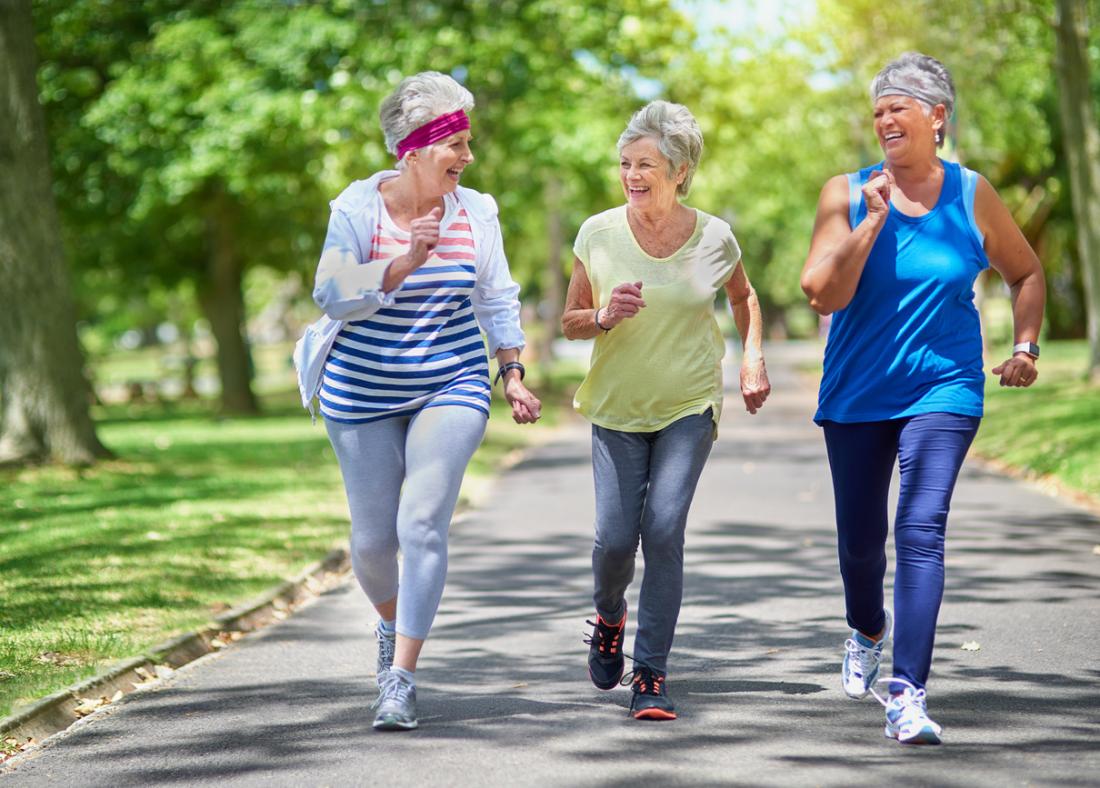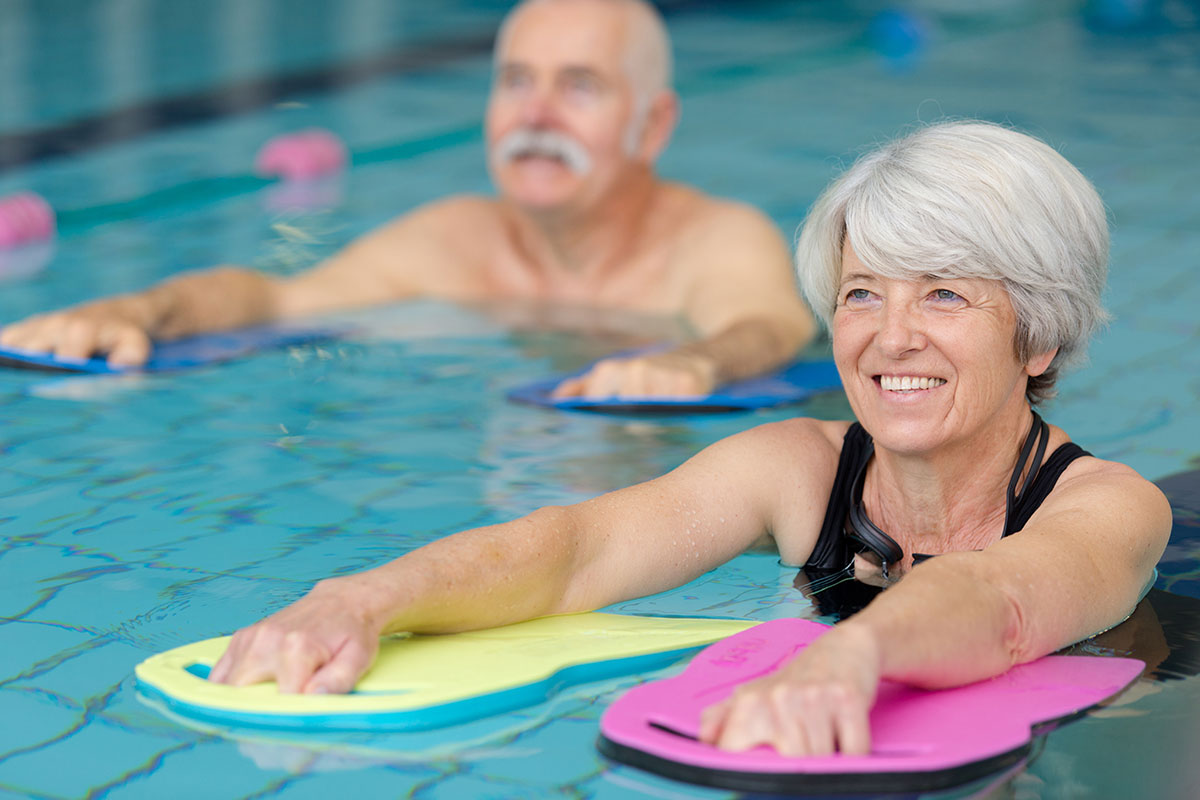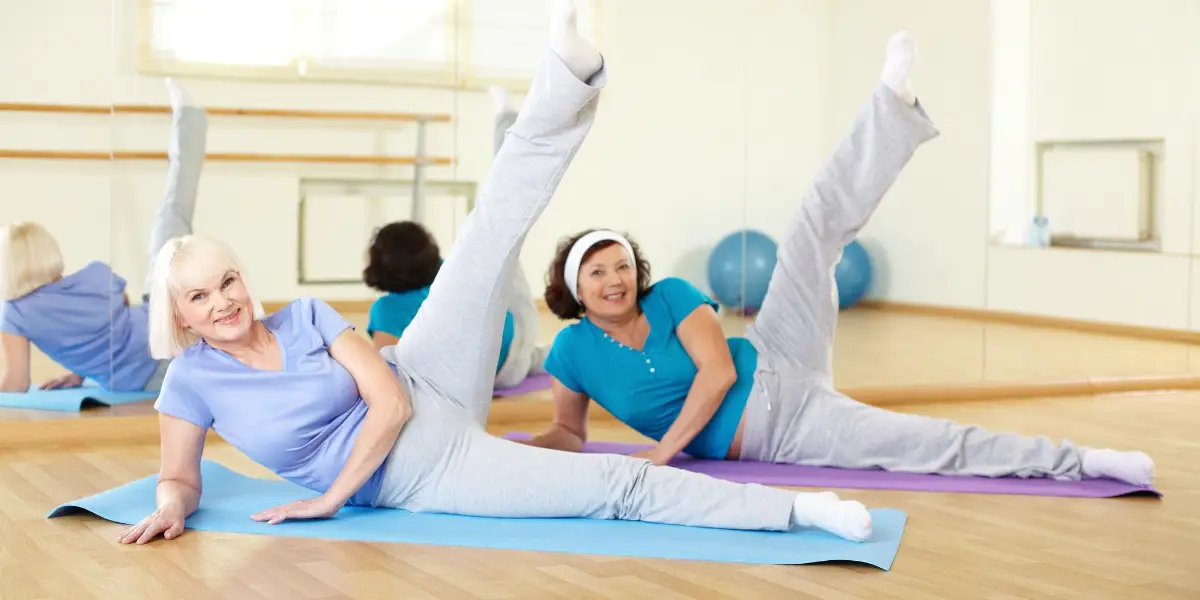Aging gracefully involves nurturing both the mind and body, and one of the cornerstones of achieving this is through regular, low-impact exercises. These gentle yet effective activities offer a plethora of benefits, making them an ideal choice for seniors looking to maintain an active and healthy lifestyle. In this detailed guide, we will delve into specific low-impact exercises tailored to seniors, exploring the nuances of each and providing valuable tips for incorporation into daily routines.
The
Multifaceted Benefits of Low-Impact Exercises for Seniors:
Description: Low-impact exercises minimize stress on joints,
ensuring a comfortable and sustainable workout for seniors dealing with
arthritis or joint discomfort.
Cardiovascular
Health:
Description: While high-impact exercises might be too
intense, low-impact activities, such as brisk walking or stationary cycling,
provide an effective cardiovascular workout without putting excessive strain on
the heart.
Balance
and Stability Enhancement:
Description: Many low-impact exercises focus on improving
balance and stability, crucial elements for seniors to prevent falls and
maintain independence.
Muscle
Maintenance:
Description: Engaging in low-impact activities helps seniors
preserve muscle mass, which is vital for supporting daily activities and
preventing the onset of muscle atrophy.
Mood and
Mental Well-Being:
Description: Physical activity, even in its gentlest form,
triggers the release of endorphins, promoting a positive mood and reducing the
risk of depression.
Walking:
Description: Walking is a universally accessible and
adaptable exercise for seniors. It's advisable to start with short walks and
gradually increase duration as stamina improves.
Tip: Use supportive footwear and maintain an upright posture
for maximum benefits.
Swimming or Water Aerobics:
Description: The buoyancy of water reduces impact on joints,
making swimming or water aerobics an excellent choice. Classes at local pools
often cater specifically to seniors.
Tip: Enjoy the soothing benefits of water while engaging in
a full-body workout.
Cycling:
Description: Whether on a stationary bike or a traditional
bicycle, cycling is a low-impact exercise that primarily strengthens leg
muscles.
Tip: Use proper safety gear and choose flat or gently
sloping terrain for a comfortable experience.
Chair Exercises:
Description: Ideal for seniors with limited mobility, chair
exercises encompass leg lifts, seated marches, and arm circles. Ensure a sturdy
chair and perform exercises in a slow, controlled manner.
Tip: Incorporate resistance bands for added strength
training.
Tai Chi:
Description: This ancient Chinese practice combines gentle
movements and deep breathing, promoting relaxation and flexibility. Local Tai
Chi classes provide proper guidance and a social element.
Tip: Regular practice enhances mind-body connection and
overall well-being.
Yoga:
Description: Yoga enhances flexibility, balance, and
strength through a series of gentle poses. Look for senior-friendly yoga
classes or follow online tutorials at your own pace.
Tip: Focus on proper breathing techniques for added
relaxation benefits.
Elliptical Trainer:
Description: An elliptical machine provides a low-impact
cardio workout, minimizing stress on the joints. Start with short sessions and
gradually increase intensity as fitness improves.
Tip: Pay attention to posture to maximize benefits while
minimizing strain.
Seated Leg Raises:
Description: Sit comfortably in a sturdy chair with your
back straight. Lift one leg straight out in front of you and hold for a few
seconds before lowering it back down. Repeat with the other leg.
Tip: Use ankle weights for added resistance to strengthen
leg muscles.
Gentle Aerobics:
Description: Low-impact aerobic exercises, such as
low-impact dance routines or step aerobics, can be adapted to meet the needs of
seniors. These activities elevate the heart rate without the stress associated
with high-impact movements.
Tip: Follow along with online video tutorials designed for
seniors.
Standing Calf Raises:
Description: Stand behind a chair for support, rise onto
your toes, and then lower your heels back down. This exercise helps strengthen
calf muscles and improve ankle stability.
Tip: Perform the exercise near a sturdy surface to ensure
balance.
Resistance Band Exercises:
Description: Incorporate resistance bands into your routine
for a full-body workout. Exercises can include bicep curls, lateral raises, and
seated rows.
Tip: Choose a resistance level that allows for 10-15
repetitions comfortably.
Pilates:
Description: Pilates focuses on core strength, flexibility,
and overall body awareness. Many Pilates exercises can be adapted for seniors,
especially those that involve gentle mat exercises.
Tip: Consider joining a senior-friendly Pilates class or
follow online tutorials.
Stationary Marching:
Description: Stand or sit comfortably and lift your knees in
a marching motion. This simple exercise helps improve cardiovascular health and
can be done at a pace that suits your fitness level.
Tip: Engage your core for added stability.
Wrist Curls:
Description: Sit or stand with a light dumbbell in hand.
Rest your forearm on a table or your thigh, allowing your wrist to extend over
the edge. Lift the weight by flexing your wrist upward and then lower it back
down.
Tip: This exercise helps improve grip strength.
Yoga with Props:
Description: Use props like yoga blocks or straps to modify
traditional yoga poses. This makes yoga more accessible for seniors while still
providing the benefits of improved flexibility and balance.
Tip: Choose poses that emphasize gentle stretching and
relaxation.
Balance Exercises:
Description: Practice standing on one leg or walking
heel-to-toe to enhance balance. You can use a sturdy surface for support and
gradually progress to more challenging variations.
Tip: Perform balance exercises near a support structure to
prevent falls.
Hand and Finger Exercises:
Description: Keep hands and fingers agile by squeezing a
stress ball, doing finger taps, or using hand exercise tools.
Tip: These exercises are particularly beneficial for
maintaining dexterity and preventing stiffness.
Embracing a routine that incorporates these low-impact exercises is a proactive step toward maintaining physical and mental well-being. Each activity can be tailored to individual abilities and preferences, ensuring a personalized and enjoyable fitness journey for seniors. It's crucial to consult with a healthcare professional before starting any exercise program to ensure safety and appropriateness. By integrating these gentle fitness routines into their lives, seniors can relish the numerous benefits of staying active while honoring the needs of their changing bodies.
FAQ
Q1: Why are low-impact exercises recommended for seniors?
Answer: Low-impact exercises are recommended for seniors
because they are gentle on joints, reduce the risk of injury, and provide a
manageable way to stay active without putting excessive strain on the body.
Q2: How can seniors improve balance through exercise?
Answer: Seniors can enhance balance through activities like
Tai Chi, yoga, and specific balance exercises. These routines focus on
stability and help prevent falls, promoting overall well-being.
Q3: Can these exercises be done at home?
Answer: Absolutely! Many of these low-impact exercises can
be performed in the comfort of your home with minimal equipment. Follow online
tutorials, join virtual classes, or create a dedicated workout space.










No comments:
Post a Comment